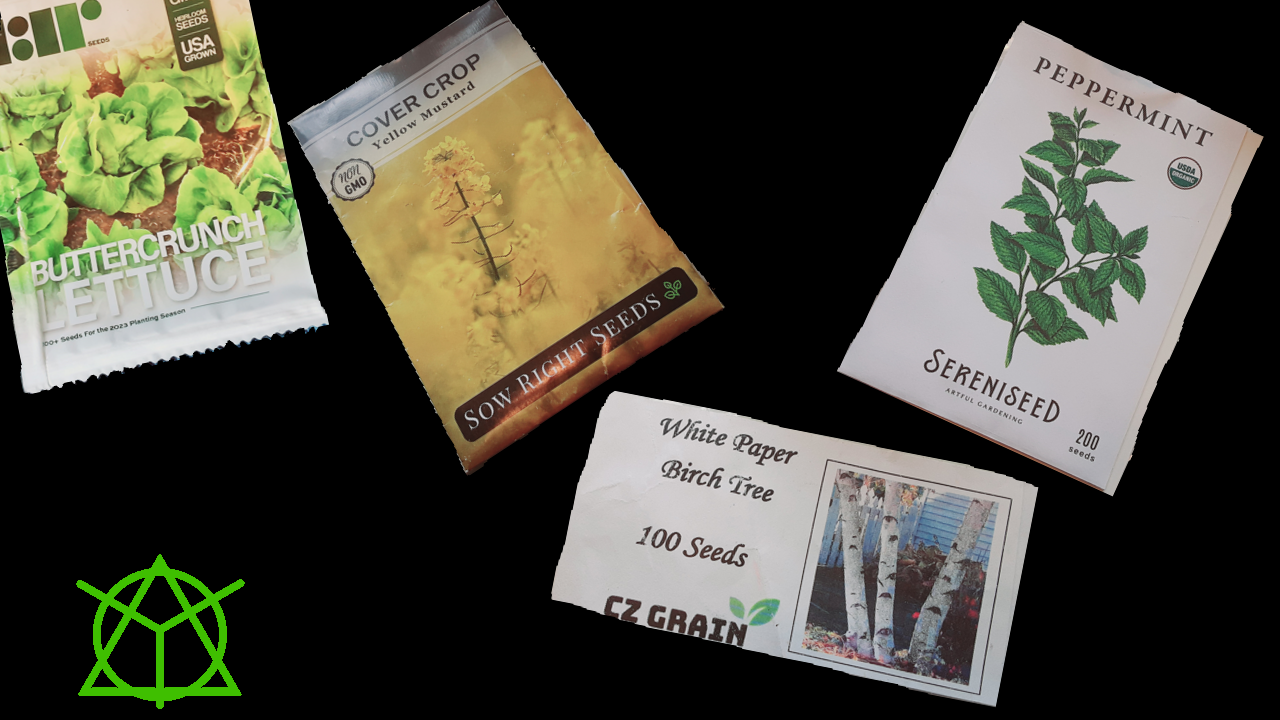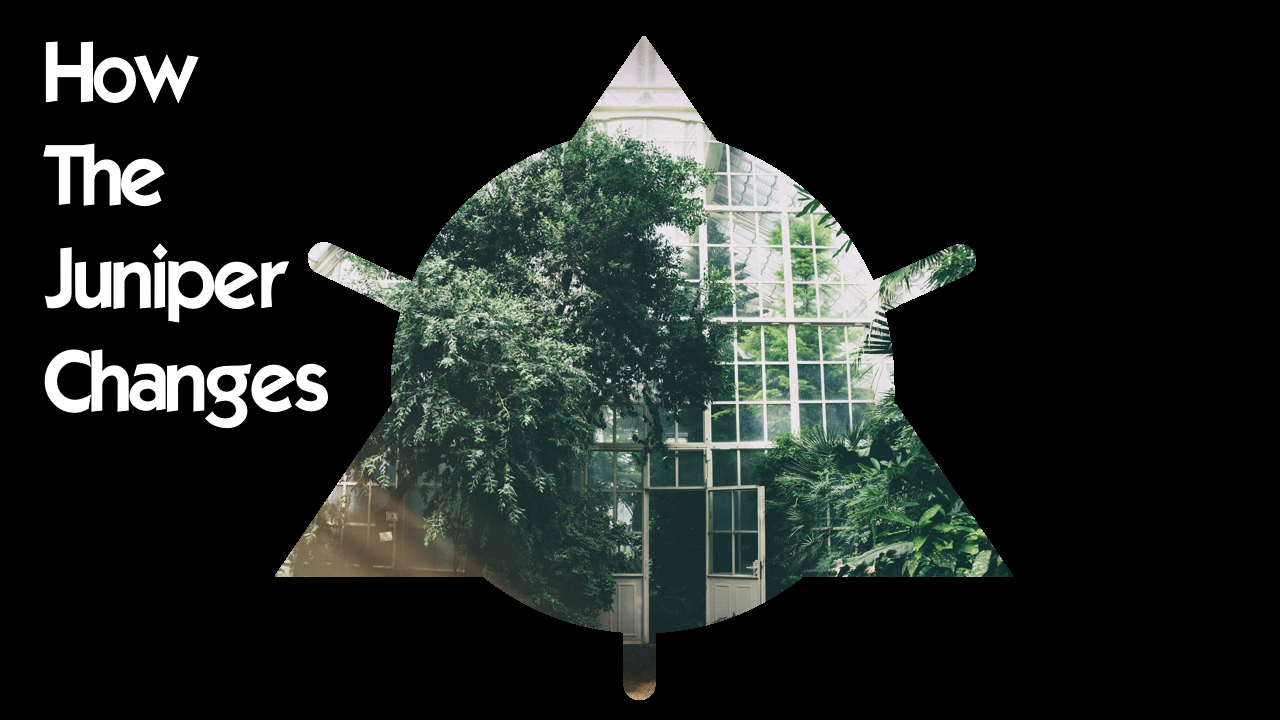We all go through school forced to learn useless information, but we students must learn. As a result, many of us turned to resources like Crash Course, Khan Academy, Extra Credits, and more to pass a test and move on. As a result, we leave high school and enter college feeling like we missed the lessons that matter most. This is J. J. Bartel, Author, Scientist, Historian, Gamer, and this is Beyond the Textbook for Biology 101.
Part of biology 101 class that one will encounter is professorial favoritism. Because it is an introductory course, it is necessary to cover many topics in very sparse detail. It is like a vast puddle that can not submerge one’s toes. When covering so many topics, it is customary to encounter topics that a professor favors more than others, and it is those favorites that the teacher will spend more time on than others. This author loves plants and has no qualms chatting someone’s ear off concerning a current species of study. It is typical for biology profs and adjuncts to cover smaller lifeforms first, like the previous cells, before moving on to plants, fungi, and animals. How does one not just learn plants but also a professor’s favorite subject? The short answer is to grow with them. The long answer is this work.
Plants come in all sorts of forms. Cyanobacteria are single-celled bacteria with many chloroplasts, allowing them to get energy from the sun. For many, this organism is the first form of a plant; without it, no other plants would occur. However, Cyanobacteria may have changed, clumping together to form multicellular organisms. These “false” plants may have some parts, like leaves, stems, and roots, but might be missing others. Algae lack almost everything but chlorophyll and are complex multicellular organisms. Moss is usually described as more complex algae with spore-based reproduction. A botanist will probably cover hornworts, liverworts, and bryophytes. Hornworts are entirely underwater plants. Liverworts are similar to moss but look flat, with a scaly sheen instead of fuzz.
Let us say someone wraps their head around all that. It is only half the list because more complex plants like ferns, cycads, ginkgos, gnetophytes, conifers, and angiosperms also exist. Ferns are “False” plants with vascular systems like the xylem and phloem. Cycads and ginkgos are plants that reproduce with “simple” systems. Cycads use cones, and ginkgos use a form of proto-seed. Most classes will cover the Ginko tree because it is the last species that are not extinct from that kind of plant. Furthermore, archeologists have found Ginkgos matter with dinosaur remains. Many think ginkgos are a “common ancestor” to many complex plants that exist today, so it usually gets its paragraph in classes. Gnetophytes are “simple plants” but they have all the plant organs like roots, root hairs, stems, leaves, and the like. The previously mentioned plants tend to be featured in dinosaur exhibits. Conifers are more complex with needle-like leaves and tend to be evergreen, also known as green, all year and reproduce with cones. Angiosperms are true plants with all the plant organs and reproduce with flowers.
If a student thinks the classification is a lot, there can be more information to learn. Many courses talk about the stomata, the openings in the leaves that allow gasses like water vapor and carbon dioxide to enter and exit the leaves. If the class did not cover photosynthesis, the Calvin cycle, or the electron transport chain, they will now. Photosynthesis is the process of a plant taking light energy, six molecules of carbon dioxide and water, and turning those things into a single sugar molecule and six O2, Di-Oxygen molecules. Plants will go through this process to convert thousands of millions of molecules into hundreds and thousands of sugar, specifically glucose molecules. The simplest way to describe the electron transport chain is that when light hits Photosystem II, it becomes energized and passes something to the cytochrome complex, which passes something off to Photosystem I. Photosystem I passes something to ATP synthase, which makes finished products, like ATP. Sadly, Photosystem I was discovered first, even though Photosystem II goes first. To spare some botanist’s fee-fees, renaming chloroplast complexes to something sensible to sober people never happened, and now we all live in a darker timeline.
Throwing all of this info at once is deliberate. Even if a prof does not say it is a favorite class, there are a few ways to discover a professor’s tastes. First, high school and college instructors will linger on their favorite subjects more than others. one of the ways they will do this is to increase the number of vocab words studied or increase the amount of topics shoved into a section. If one looks at a syllabus, and one chapter is given more time than the others, or if the teacher “Accidentally” rambles on more in one chapter than the others, that is a sign. Suppose they are willing to cut or rush material in some chapters but not others. That reveals their hand. When dealing with a biology teacher raving about their favorite subject matter, the best thing to do is to grow with the teacher.
A big issue with subject favoritism is that so much info is given to students that it becomes overwhelming. Seed, rooting, and leafing questions are excellent tools to make things easier.
Seed questions ask about the primary key topic in a chapter or less. “Teacher, this is much material, and I want to learn it, but I do not know where to start. What vocab or key subject should I study first?” If the instructor lists a topic or some vocab words, it is almost guaranteed to be in the class, in worksheets, and on the test. On the other hand, if a teacher says something squishy like everything, that is, “danger Will Robinson, danger.” Teachers are to organize their classes and hoarders tendencies for ideas.
The second thing is rooting questions. In germinating seeds, roots probe into the ground, finding nutrients. In class sections, when the teacher is rambling on and on, they are in a flow, tend to lose track of time, and can talk about random unimportant material. Ask a rooting, probing question for profs and adjuncts who are common offenders. Something as silly as, “What is the etymological history of vocab word X?” or “What is the funniest meme you have seen about subject X?” are great. They are non-random but unexpected questions, so it grinds everything in the lecturer’s mind to a halt as they address the question. In most biology courses, teachers are not asked many questions, so they feel pressured to address the few they get, making this more effective.
The final question is the leafing or growing question. One of the most annoying aspects of teachers with subject favoritism is assumption-based selfishness. Many like their favorite topic because it was not just fun to learn but also helped them in practical ways. This leads people to think, “If this were a lifesaver for me, it would be a lifesaver for everyone else.” That assumption leads teachers to a selfish obsession over the topic, sometimes cutting the material that students actually want or need to learn so that their favorite gets the time. A leafing question is similar to, ” “I am interested in X. How does this subject material Y help me become better at X?” This question allows the professor to discuss their subject in a way that enriches learning.
Ok bro, that plant stuff earlier, what should I start with? This one would encourage you to either learn about angiosperms and then go down the line or learn about cyanobacteria and go up the line. That material is not only the most accessible material to study it also is the most practical if you take future plant courses or want to enjoy the natural world more. While I drone on about plant parts, you might ask, what is your favorite meme about plant parts? I would have to say that the chloroplast is a mitochondrion that went vegan. That meme is glorious. If you then asked, how does learning about plants help anyone let alone me, I would say all plants are either crops like food or medicine, building materials like timber, dyes and fibers for clothing, or weeds that make life more complicated by limiting our food, medicine, timber, dyes, and fibers. If you need something from the natural world, plants provide it.
If you thought this was helpful, feel free to like this video and subscribe for more content. Also, I have a book that goes into Science and every school subject. It is called the lost soul of scholastic study, available on Amazon, and until next time cultivate some greatness.




I felt entertained as well as informed with this article! How practical a guide for not just students but anyone! So glad you are writing 🙂